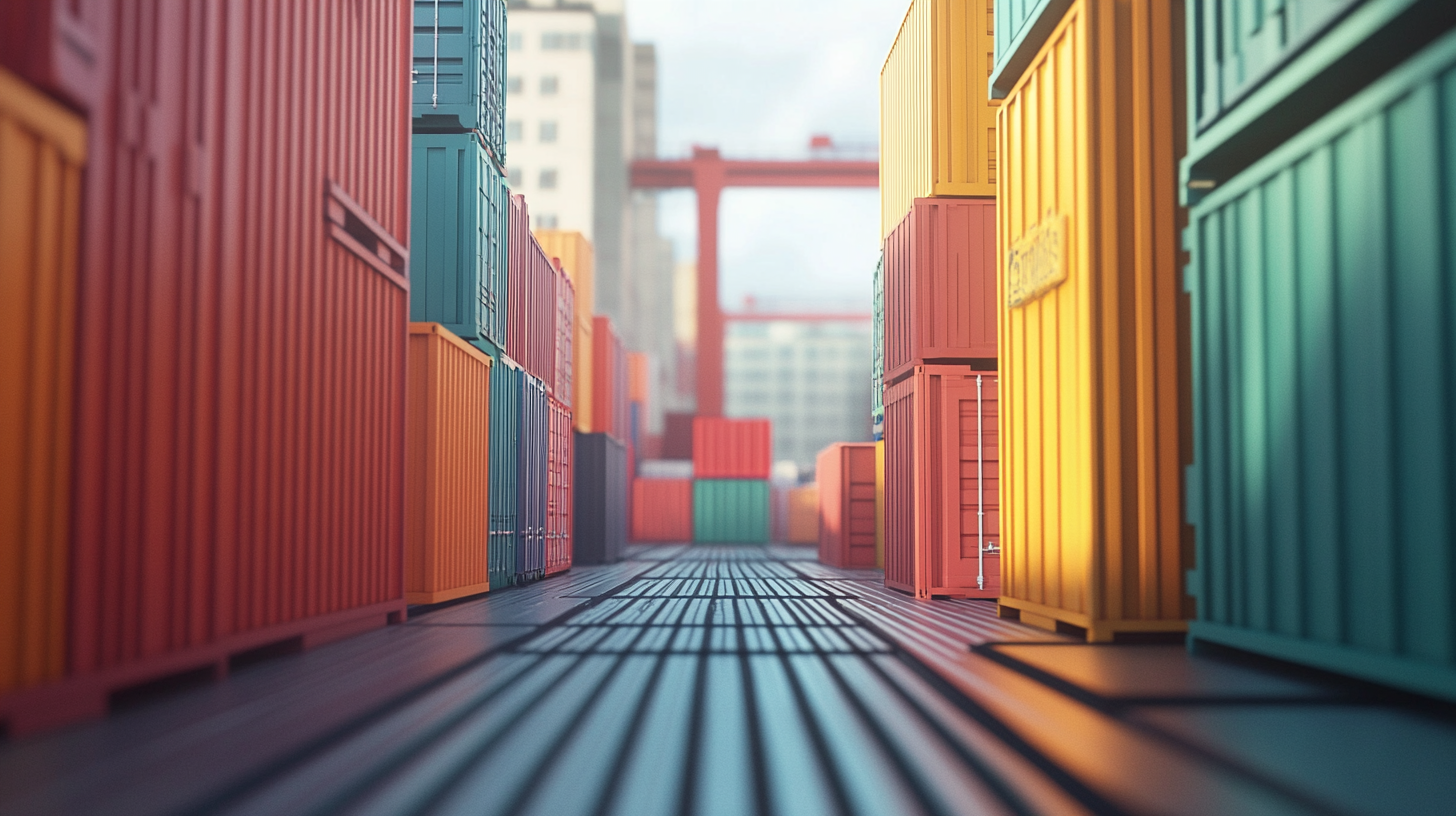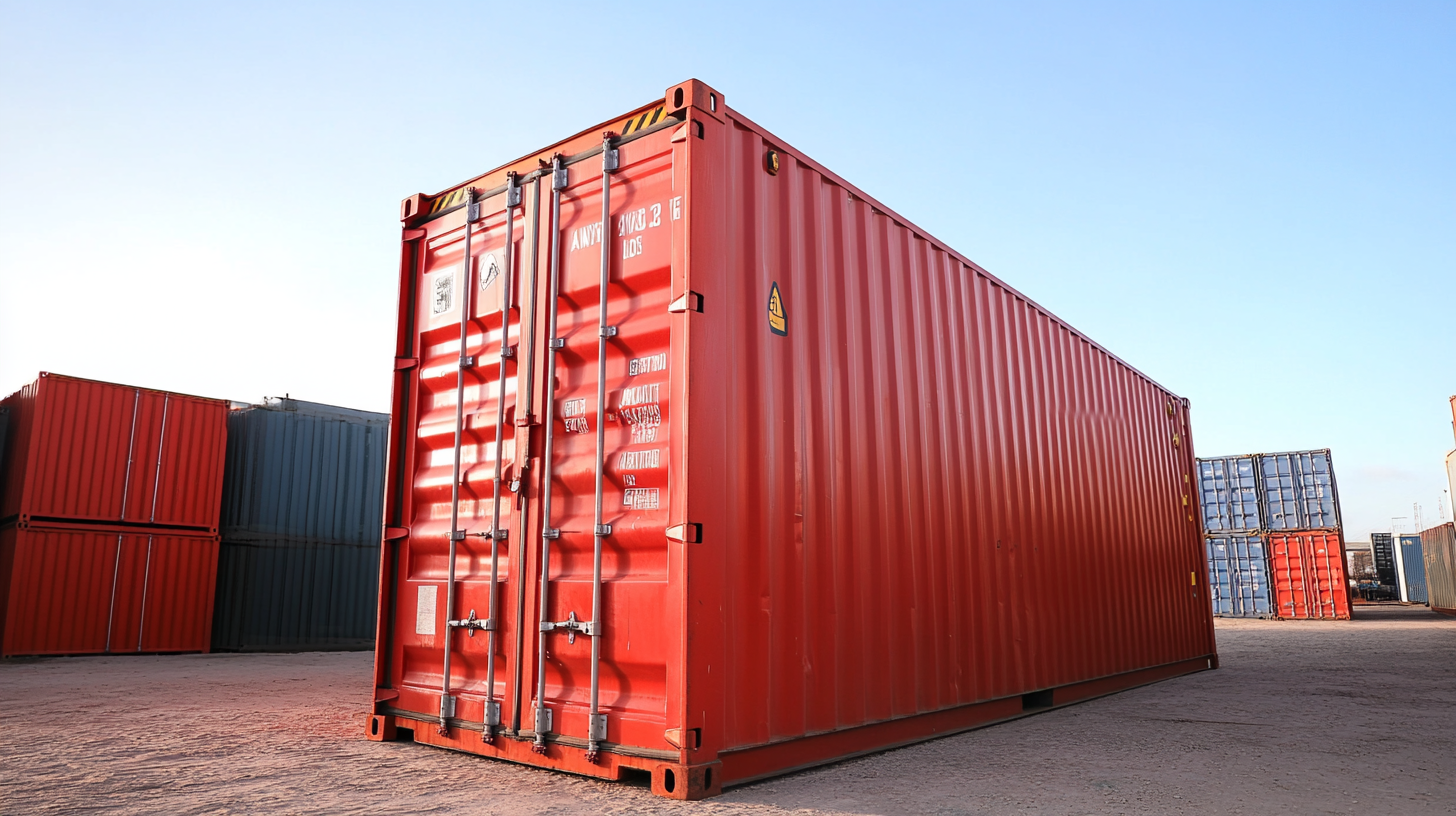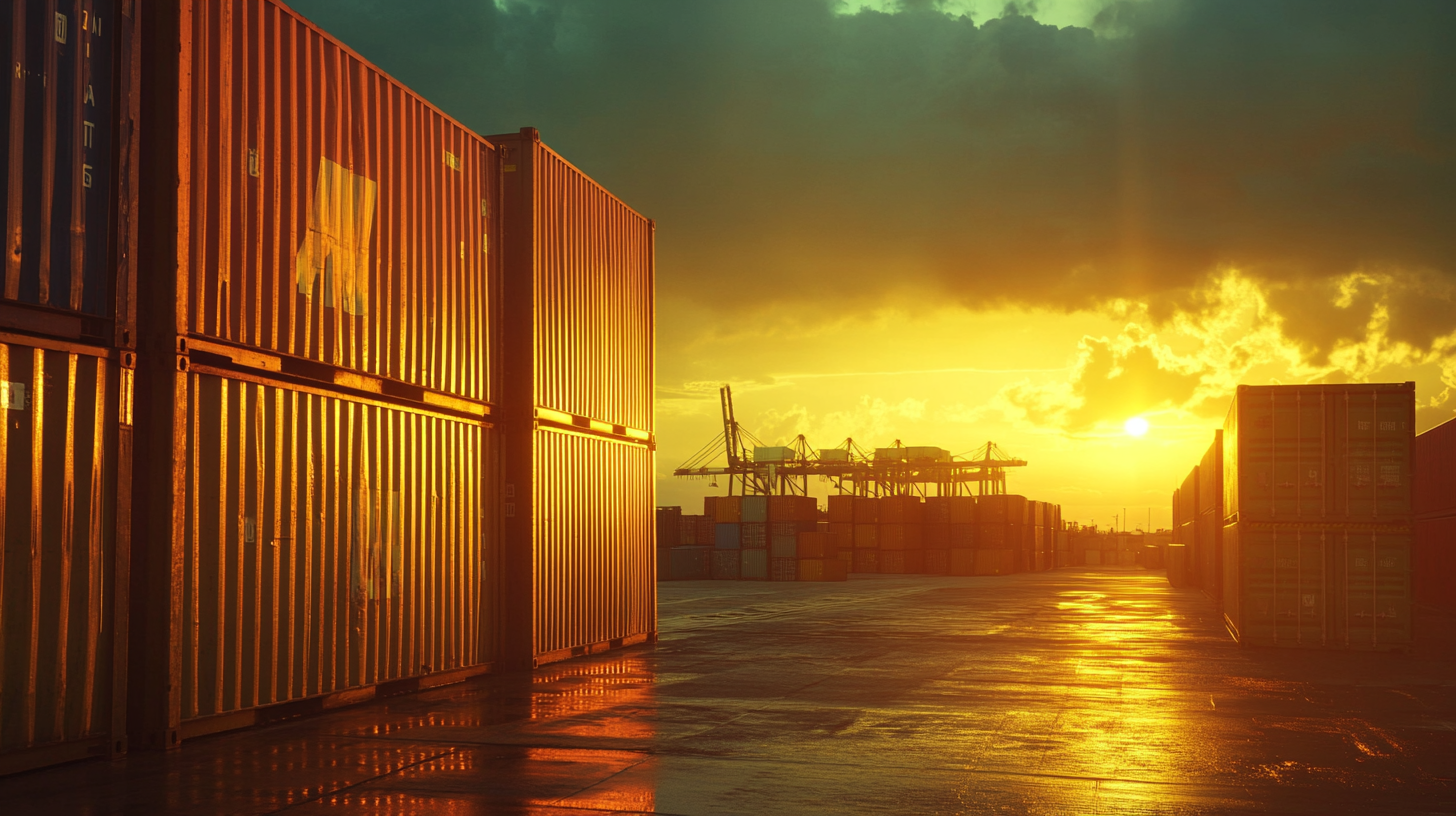In today's fast-paced and increasingly competitive business environment, optimizing supply chain operations has become paramount for success. According to a report by the Global Supply Chain Institute, nearly 79% of companies with high-performing supply chains achieve revenue growth that outpaces the industry average. One key factor in this optimization is the effective use of Industrial Containers, which streamline logistics, enhance inventory management, and reduce overall transportation costs. A study published by the Council of Supply Chain Management Professionals highlights that proper containerization can lead to an up to 10% reduction in logistics costs and a significant decrease in product damage during transit. As businesses seek innovative methods to improve efficiency and sustainability, integrating industrial containers into supply chain strategies becomes essential. This blog will explore 10 practical ways to leverage these containers to maximize your supply chain performance and drive competitive advantage.

In today's fast-paced market, maximizing storage efficiency is crucial for a successful supply chain. Industrial containers play a vital role in this process by providing versatile and space-saving solutions that can enhance both storage and transportation. By utilizing various types of industrial containers, businesses can organize their inventory more effectively, reducing the footprint required for warehousing while still ensuring easy access to goods. This not only optimizes storage space but also streamlines the overall workflow within the supply chain.
Furthermore, the adaptability of industrial containers allows companies to customize their storage solutions to meet specific needs. From stackable designs that optimize vertical space to specialized containers for hazardous materials, the right container can significantly improve operational efficiency. Enhanced inventory management becomes possible, enabling better tracking and reduced handling times. As businesses continue to seek ways to reduce costs and improve productivity, the integration of efficient industrial container systems will remain a critical strategy in achieving these goals within the supply chain.

Transportation costs represent a significant portion of the overall supply chain expenses, and optimizing container utilization can lead to substantial savings. By leveraging industrial containers effectively, businesses can reduce the frequency of shipments, minimize empty returns, and maximize cargo load capacity. Implementing strategies such as cubic utilization, which focuses on maximizing the volume of containers, ensures that every inch of space is effectively used. This not only cuts down on costs but also reduces the carbon footprint associated with transportation.
Additionally, utilizing standardized container sizes can streamline loading and unloading processes at various facilities. This standardization facilitates better planning and coordination between suppliers, carriers, and manufacturers, allowing for improved delivery timelines and reduced delays. Furthermore, incorporating technology such as real-time tracking systems can help businesses analyze container utilization patterns, identify inefficiencies, and make data-driven decisions to optimize logistics operations. By focusing on these aspects, companies can significantly enhance their operational efficiency while simultaneously lowering their transportation costs.

In today's rapidly evolving logistics landscape, advanced container tracking systems are paramount for enhancing inventory management. With the integration of real-time tracking technology, businesses can monitor their shipments more effectively, reducing lead time variability that often hampers performance. By equipping containers with tracking devices, companies gain visibility into their supply chain operations, ensuring precise inventory levels and minimizing stock discrepancies. This capability is particularly vital for organizations managing extensive distribution networks across multiple locations.
Furthermore, the application of IoT technologies in container tracking allows for automation and predictive analytics, empowering firms to anticipate potential supply chain disruptions. As firms increasingly rely on data-driven insights, the ability to monitor conditions in real time helps them respond swiftly to changing scenarios and optimize their routes. This optimization not only enhances operational efficiency but also contributes to sustainable practices by minimizing wastage and improving delivery timelines. As we continue to embrace these innovative solutions, inventory management across various industries stands to benefit significantly from advanced container tracking systems.
| Optimization Method | Description | Benefits | Tracking Technology |
|---|---|---|---|
| Smart Inventory Control | Utilize sensors and IoT for real-time tracking of inventory levels. | Reduced stockouts and overstock situations. | RFID and IoT sensors. |
| Automated Reordering | Implement systems that automatically reorder inventory when levels drop below a threshold. | Streamlined inventory replenishment. | ERP systems with inventory modules. |
| Predictive Analytics | Use data analytics to forecast demand based on historical data. | Better demand planning and inventory turnover. | Machine learning and data analytics tools. |
| Container Visibility | Implement visibility tools to track shipments in real-time across the supply chain. | Improved responsiveness and transparency. | GPS tracking and blockchain technology. |
| Container Standardization | Use standardized containers to simplify handling and transport. | Reduced handling time and costs. | Container management software. |
| Real-Time Data Sharing | Share inventory data across all stakeholders in real-time. | Enhanced collaboration and decision-making. | Cloud platforms and collaboration tools. |
| Inventory Auditing | Regular audits to reconcile inventory records with physical counts. | Increased accuracy in inventory levels. | Inventory management systems. |
| Condition Monitoring | Monitor the physical condition of goods during transport to minimize damage. | Reduced losses and improved quality assurance. | Environmental sensors. |
| Enhanced Security Measures | Implement security protocols to prevent theft and loss during transit. | Increased safety of high-value goods. | CCTV and security tracking systems. |
| Sustainability Initiatives | Incorporate eco-friendly practices in container usage. | Reduced carbon footprint and enhanced brand image. | Sustainable sourcing and recycling management. |
In the contemporary landscape of supply chain management, the environmental impact of industrial containers has become a focal point of discussion. As industries increasingly prioritize sustainability, the role of packaging materials—particularly those employed in sectors like seafood and beverages—cannot be overlooked. Recent studies comparing the life cycle impacts of various packaging options highlight the urgent need to transition from single-use materials like expandable polystyrene (EPS) to more sustainable alternatives. This shift is vital for reducing the overall carbon footprint of distribution processes, especially in environmentally sensitive industries.
Moreover, the application of technology and AI in optimizing supply chains presents a promising avenue for enhancing sustainability. By utilizing data analytics, companies can make informed decisions that not only streamline operations but also minimize waste. Innovations in packaging design, coupled with effective supply chain strategies, can further reduce environmental impacts. As seen in case studies across different industries—from seafood to pharmaceuticals—embracing sustainable practices not only mitigates ecological harm but also aligns businesses with evolving consumer expectations and regulatory requirements.
In the modern landscape of logistics, the adoption of industrial containers has proven transformative for businesses seeking to streamline operations. One compelling case study involves a global automotive manufacturer that integrated containerization into its supply chain. By utilizing standardized shipping containers, the company not only simplified the transport of parts across various continents but also reduced lead times significantly. This strategic move allowed for better inventory management and minimized delays in production, demonstrating the direct impact of containerized solutions on operational efficiency.
Another notable example can be found in the food industry, where a prominent beverage company revamped its distribution strategy by incorporating industrial containers equipped with temperature controls. This innovation ensured that products remained fresh during transit, which is crucial for maintaining quality. As a result, the company experienced a notable decrease in spoilage rates and an increase in customer satisfaction. This case illustrates how containerization can go beyond mere transport efficiency, enhancing product integrity and brand reputation in the highly competitive food market.
